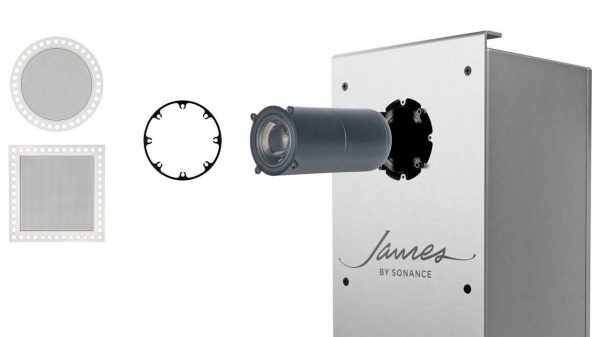Without any fanfare, the Hulu streaming service has updated its Video Quality section in the Hulu support page with an entry that announces that select 4K resolution content is also including HDR.
This means Hulu is catching up with its competitors as Netflix, Disney Plus, Paramount+, Amazon Prime, and HBO Max have been offering this bonus already.
What HDR Is
For those that aren’t familiar with HDR, here is a quick rundown.
- HDR means High Dynamic Range.
- For TV viewers this means that if a movie or program is encoded with HDR, a wider range of contrast can be displayed so that bright and dark objects look more realistic.
- If a scene has both bright and dark objects in the same frame, you should be able to see both clearly, depending on how the filmmaker captured the image. One example of this is with a sunset, if HDR is implemented properly you should see both the bright Sun and the details of the darker elements of the image with increased clarity.
- As a by-product of the ability of HDR to encode an increased range of light to dark color is also enhanced.

How to Access HDR on Hulu
Hulu is compatible with several HDR formats including HDR10/10+ and Dolby Vision.
When selecting a Hulu program or movie to watch, an HDR icon will appear in the description.
Select Hulu Original Series featuring HDR on least some episodes include: Nine Perfect Strangers, The Handmaid’s Tale, High Fidelity, and Little Fires Everywhere. More will be added on a regular basis.
However, there is an important catch. In order to watch HDR content, your TV and any connected media streamer have to be HDR compatible.
So far, the list of streaming devices compatible with Hulu’s HDR content include:
- Roku (HDR-compatible Roku TVs, smart soundbars, and media streamers)
- Fire TV, Fire TV Stick, Fire TV Cube devices (HDR compatible models with Fire OS 7 or later)
- Apple TV 4K (Gen 5 or later)
- Vizio SmartCast TVs (HDR compatible models)
- Chromecast Ultra (HDR-compatible models)
TIP: Make sure you have updated the Hulu App to the most recent version.
All major TV brands make models that can display HDR from compatible devices, such as the streaming devices listed above. However, for best results, an LED/LCD TV needs to be able to display 1,000 Nits of peak brightness, and an OLED TV needs to be able to display over 500 Nits of peak brightness.
For more details on what this means, read the reference article from Consumer Reports
TIP: If your TV or media streamer is not HDR-compatible, you will still be able to watch the content without the HDR enhancement. This is referred to as SDR (Standard Dynamic Range).


































